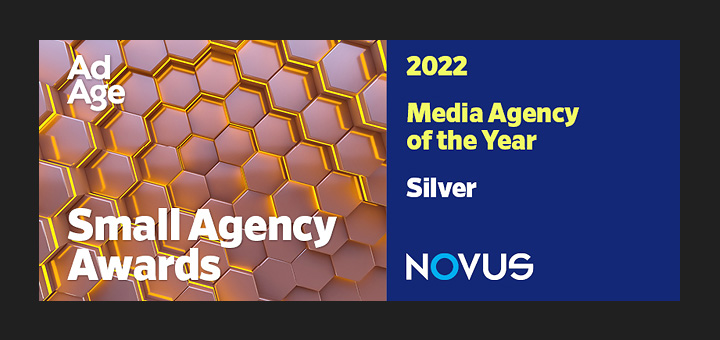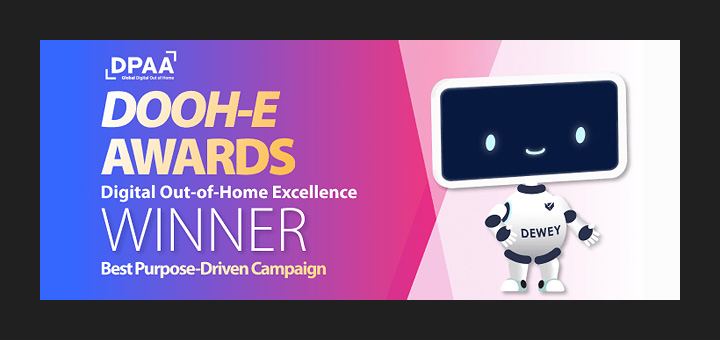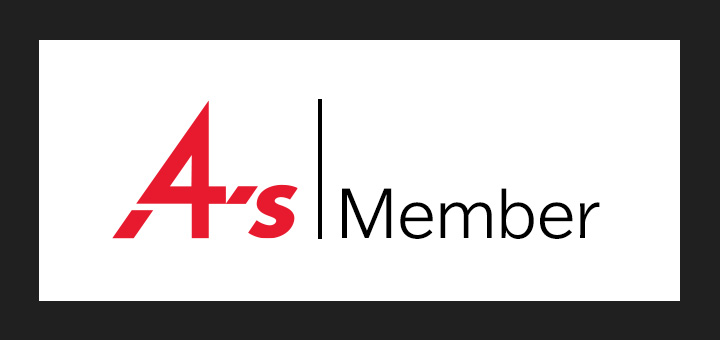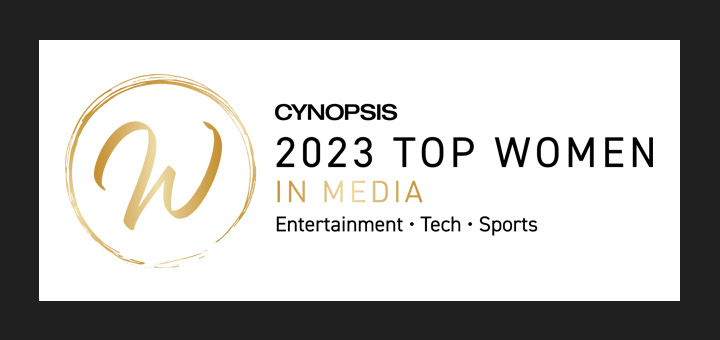Don’t fear the new: Taking calculated risks in advertising
For advertisers, our industry runs on an engine of creativity and challenging convention—both of which seem to be in short supply.
By now, we’re collectively sick of the words “economic uncertainty” or “economic headwinds,” awaiting a recession that may never come. But they’re not just words; the fear is having real consequences on the advertising industry.
I recently returned from CES where several panels and small talks focused heavily on risk avoidance, bordering on pessimism. It was dismaying to see our finest minds worried about the future and seemingly disinterested in pushing the envelope. As these conversations happened, my internal monologue said, “Come on! It’s advertising! We’re supposed to be having fun!”
Of course, some high-profile advertiser controversy last year has many large companies nervous about sticking out their necks. We live in polarizing times, and whatever you think about Bud Light’s campaign last year, it’s creating an unnecessary pall on the industry. Still, I am worried that the industry is threatening to abandon innovation and healthy risk for a period of stability. If that’s the case, we’ll take advantage. If others are too skittish, I plan to work with our clients to embrace innovation wherever it makes sense.
Now that CES is in the rear-view mirror, here are some thoughts I’ve had recently about innovation in the advertising space.
RISK IS A FUNDAMENTAL COMPONENT OF ADVERTISING AND MEDIA
Today, Apple is a global behemoth that is near the top of most categories it enters (besides computers, interestingly enough). But it was an upstart looking to shake loose IBM’s vice grip on the personal computer market when it ran a Super Bowl ad in 1984. The $525,000 (approximately $1.5M adjusted for inflation) buy is a far cry from the $7M it will cost to run an ad this Super Bowl, but it was still a risk, especially because the ad was—let’s be honest—a little bit weird. Introducing a new computer through the use of Orwellian visuals and a foreboding score is not for the faint of heart. But it created an incredible curiosity gap and put the fledgling company on the map.
The first advertisers to move some of their print, TV, and outdoor budgets to digital banners were taking a risk. The first advertisers on Facebook or Amazon were taking a risk. Putting a QR code on an ad: a risk. The list goes on and on. Every new innovation comes with risk.
KNOW THE DIFFERENCE BETWEEN CAPITAL-R RISK AND CALCULATED RISK
While Apple’s payoff was worth the risk, a Super Bowl ad is not for everyone. Despite the above Apple example, most startups probably should not invest all or most of their budget on a one-shot Super Bowl ad. If you go back to any recent Super Bowl, you will see multi-million-dollar ads for companies that are no longer an ongoing entity.
Likewise, those who choose to court controversy for their brands are unlikely to reap the benefits they are seeking. In other words, forget failing fast. I have never been a fan of aggressive tactics or trying to shock the audience. The other extreme is just as bad as taking no risk. Don’t trick yourself into saying big risks are always good. For example, we use a multidimensional scoring framework that rates and ranks innovation ideas on factors such as uniqueness, complexity to execute, expense, and how well it fits a brand’s positioning.
Create a reasonable framework to guide where you take your risks and follow it.
BE CLEAR IN WHAT YOU MEAN
Innovation for innovation’s sake is never a good idea. Clients and their agency partners should over-explain what they’re looking to do and align before spending too much time on execution.
At a previous agency, we hosted our big food client’s CEO who mused aloud, in response to our presentation, that the brand should “get younger.” Back to the drawing board we went with a whole new campaign. When we presented again, he wondered why the marketing message had changed; his extemporaneous comments were simply intended to have the product team add chocolate. Wish we’d known that earlier.
MEASURE AGAINST YOUR GOAL
Of course, advertising is ultimately about driving sales. But it can also be about brand recognition, reputation, and community outreach. In short, know what you’re trying to accomplish and plot the right strategy from there.
Solo Stove, an upstart in the outdoor fireplace market, hired Snoop Dogg for a teaser campaign in which he acted like he was giving up smoking marijuana—it was actually an advertisement for their smokeless fire pits. The campaign did the trick; it increased brand awareness of the company and its products. But because it did not immediately translate into sales, they fired the CEO. The campaign clearly got attention, but if leadership wasn’t aligned on attention as the key metric, then that particular teaser campaign was arguably not the right innovation.
OFFER THE RIGHT INCENTIVES
If you ask your marketing teams and agencies to take risks, support them. Don’t pull the plug if it immediately doesn’t work and don’t make them the scapegoat. CMOs don’t have such a short tenure at companies because they’re constantly looking to leave—they’re often asked to grab attention in a cluttered marketplace. If that attention is not deemed sufficient enough or is slightly the wrong type of attention, they’re kicked to the curb. Reward the calculated risks you want to encourage with programs like internal innovation awards with clearly defined categories and criteria, spot bonuses, and spotlight recognition. Conversely, it’s important to outline approval and vetting processes to ensure innovations don’t exceed tolerable risks.




